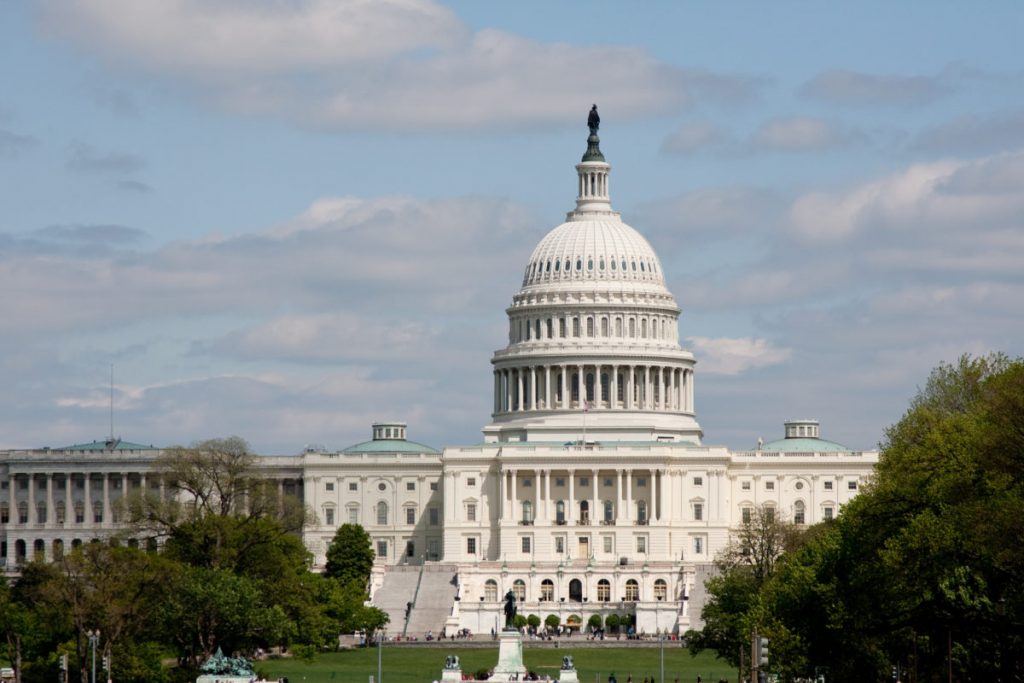After 35 days, the longest government shutdown in American history has ended — at least temporarily.
The shutdown limited “several agencies’ ability to provide critical services, ranging from food and environmental risk inspections to health services have already been drastically reduced or are threatened if the shutdown continues,” read a letter signed by hundreds of leading healthcare organizations and hospitals. “We fear a prolonged shutdown will cause needless suffering and have long-lasting health consequences.”
Here are a few ways the healthcare industry was affected by the shutdown:
Negotiations on Revised Healthcare Stalled
Amid increasing support for “Medicare for All” plans championed by Rep. Alexandria Ocasio-Cortez (NY-14) and other Democrats, the conversation shifted abruptly to budgetary negotiations, namely, whether or not to allot $5.7 billion to construct a border wall between Mexico and the United States. These debates are especially relevant following a Texas federal judge’s decision that deemed the Affordable Care Act unconstitutional, a ruling made in December just days before the shutdown began.
Public Health Concerns
The U.S. Food and Drug Administration (FDA) ceased food safety inspections as 40 percent of the agency was furloughed. However, food inspectors returned to work on January 15 without pay. “These men and women are the tip of the spear in our consumer protection mission. They’re the very front line. And they’re on the job. The entire nation owes them gratitude,” FDA Commissioner Scott Gottlieb, MD, tweeted.
While user fees from drug manufacturers enabled the agency to review and approve existing generic drug applications, the shutdown stopped the agency from collecting new user fees or take applications for new drugs. In the above-mentioned letter, signatories noted that such a delay might mean “life-saving innovations will take longer to come to market.”
Funding for the Indian Health Service was shut off even though the agency is part of the Department of Health and Human Services, which was fully funded. The shutdown stalled funding for clinics that provide care to Native American tribes nationwide, though the facilities and staffers worked without pay, as well as grants that support preventive health programs to tribal peoples.
Furloughed Employees Navigate Costs of Medical Needs
Missed paychecks had tremendous consequences for the 800,000 workers furloughed or otherwise working without pay. Studies show that one-third of patients have intentionally skipped or reduced their prescribed medications due to financial difficulties. As concerns over missed insurance premium payments rose, the National Association for Insurance Commissioners urged insurers to “exercise judicious efforts to assist [furloughed workers] and work with them to make sure that their insurance policy does not lapse.”
In times of financial distress, people prioritize immediate needs over future investments or repaying debt. This impairs the revenue cycle of many health systems as patients were unable to make payments on medical debt, which ultimately affects the bottom line such systems need to continue to provide high-quality care. One poll has demonstrated that 54 percent of Americans delayed medical care due to the expected costs of care. According to a study by Health Affairs, one in six Americans bears medical debt, which altogether totals $81 billion.
What’s Next?
Now that this government shutdown has ended bipartisan lawmakers seek to resolve the problems that led to the record-breaking shutdown and pass legislation that permanently ends the budgeting crises that lead to such shutdowns. However, the stopgap bill that reopened the government only allows for a three-week negotiation period. Despite the negative, far-reaching consequences the shutdown had on for both individuals’ health and the healthcare industry, it also exposed areas in need of reform.










Related Articles
How to Keep Your Patients From Skipping Mammograms
Kristin Schraa, MD, with Virginia Women’s Center shares how women’s health providers can encourage patients ...
3 Ways Healthcare Can Integrate Behavioral Health and Primary Care
Integrating behavioral health with primary care can lead to better patient outcomes — but how ...
How Can Physicians Support Postpartum Mental Health?
On average, 13 percent of mothers in the United States will develop symptoms of postpartum ...
Engaging Patients in Annual Mammograms
Studies show that a little over 66 percent of women aged 40 and older get ...
What Do Medicare-Aged Patients Want in Their Healthcare?
Within the next 20 years, 20 percent of Americans will be 65 or older. It ...
How Health Systems Grow Stronger With Privia Health
Discover how we helped Health First upgrade technology, align physicians, and accelerate toward value-based care. ...